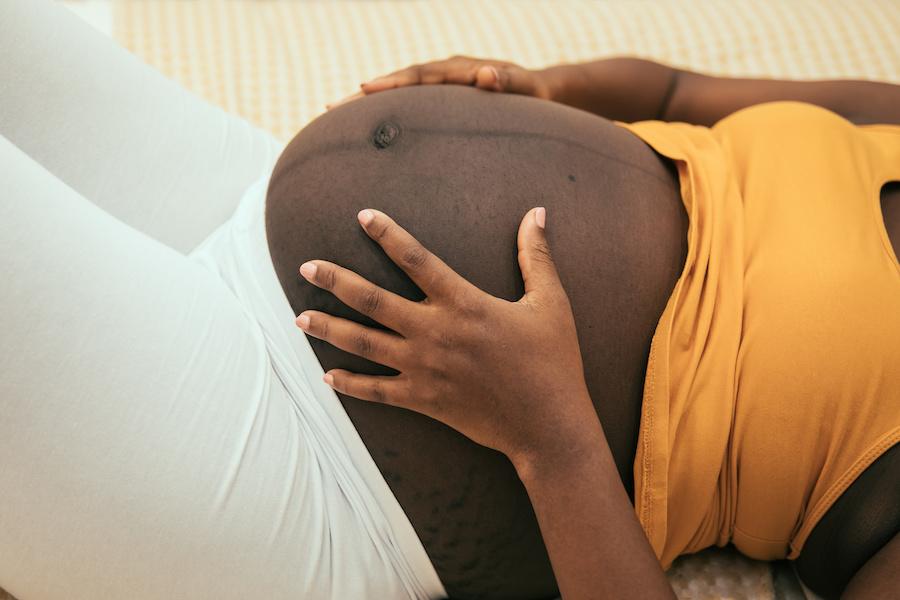About 1.5% of all births are twin births, and about half of these births occur before pregnancy week 37. The pregnancy itself is usually tougher and involves more issues for the woman. The risk of complications for both the mother and child is greater. This means that checkups during the pregnancy are done more frequently and that the babies are born before pregnancy weeks 37–38 if everything has been normal up until then. If the woman plans to have a vaginal birth, then we want baby number one who will be born first to be positioned headfirst. It is not equally important how baby number two is positioned since this can change once baby number one has been born.
Active labor and the expulsion stage are basically the same as when a woman gives birth to one child. When baby number one has been born, a quick assessment is made of the position of baby number two. If the baby is in a head-first position, which is ideal, and the baby’s heart rate is normal, then nothing is done, and we wait for the contractions to continue and baby number two to be born. Today, we say that we wait about 30 minutes before taking any other measures. If necessary, it is most common to prick baby number two’s sack so that the water breaks and the baby can descend through the birth canal. Generally, contraction-stimulating IV’s are administered, and baby number two is typically born within one hour. When both babies have been born, the placenta is delivered—just like in a normal birth. The appearance of the placenta might vary depending on whether they are identical or fraternal twins.
Sources:
- Abascal, G., & Huss, M. S. (2018). Att föda. Bonnier Fakta.
